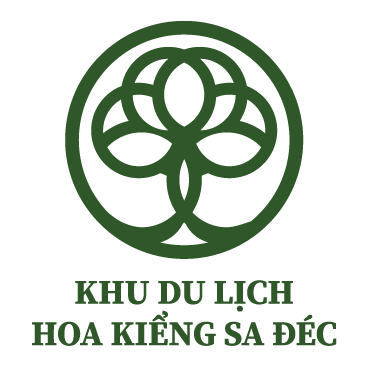- Origin
Peanut grass (Arachis Pintoi) is an imported legume tree, currently being grown in a garden to keep a group of cover crops and green manure crops of the Institute of Soil and Agriculture in Dong Ngac commune – Tu Liem – Hanoi and it is planted in many of the northern mountainous provinces (Phu Tho, Moc Chau- Son La ..)
- Biological characteristics
Creepers creeping plant, infinite growth, bright yellow flowers, small seeds (8-12mm x 4-6mm), light brown color, roots with many nodules are capable of fixing nitrogen from outdoor air nitrogen very well. The stems of peanut-grown peanut grass can be up to 2m long, green all year round, especially when cut periodically. Small wild peanuts, which burrow deep into the soil, are seldom harvested.
Peanut grass is easy to grow and well develop with large biomass, and clonal propagation ability. When intercropping Peanut grass under the canopy of fruit trees has good growth ability, does not compete for light with the main crops, the trees grow all year round, so maintain good coverage, prevent erosion in the rainy season, maintain. field humidity in the dry season. Peanut grass can adapt to a variety of soils from poor, poor, nutrient-poor soils, steep hills, to sandy, salty and salty soils.
Peanut grass has good drought tolerance, high waterlogging tolerance, can be grown all year round, but is best spring and autumn with the northern provinces, the rainy season with the central provinces, the Central Highlands, and the South.
Peanut grass is a multi-purpose plant: it helps in improving the soil, while also making green manure and food for cattle. Peanut grass can be planted purely as grassland or mixed with other grasses to both protect and improve barren hills and hills very well (capable of fixing nitrogen from 200-300kg N/ha/year or with The amount of green matter can provide the soil every year 595kg N / ha, 140kg P2O5 / ha and 200kg K2O / ha), cutting green matter for green manure or as food for livestock such as buffaloes, cows, goats, fish … with an average weight of 150 tons of green matter/ha/year (because the body and leaves have a very high nitrogen content, from 2.5 to 3% N) or intercropped to cover the fruit orchards. cover with erosion protection strips on sloping land for short-term crops (maize, beans).
Peanut grass is always green, flowering yellow all year round, so it can be grown as the decorative carpet in parks, streets, offices … both creating beautiful landscapes, and protecting the ecological environment very well.
- Planting techniques
– Planting in February (early spring):
+ Preparation of seed cuttings: Cut close to the base when the plant is in the stage of biscuits, the leaves begin to turn yellowish, 30-40cm high.
+ Prepare soil for planting: Clean weeds to bring cabinets into the base of the fruit trees, use a pickaxe to cut a trench 20-25cm deep, 25-30cm from the row. In sloping areas, it is recommended to plant in contour lines or wide and narrow bands depending on the terrain to prevent soil erosion. The field is about 50-100cm from the base of the fruit tree.
Planted in the way of wall pressure, each cluster consists of 2-3 cuttings, spaced 10-15cm apart. Cover the soil carefully, crushing it to quickly take root. If possible, water lightly enough moisture.
– Care: 25-30 days after planting peanuts begin to take root, sprout, at this time we should weeding for Peanut grass by hand to avoid uprooting, dead trees. In pure grassland areas, after about 3-4 months, it is possible to cut trees to multiply seed or make green manure and feed for cattle. Finish cutting, weeding, tilling the soil to make it porous, and watering enough moisture for the tree to continue growing and developing for the next batch of cutting.

